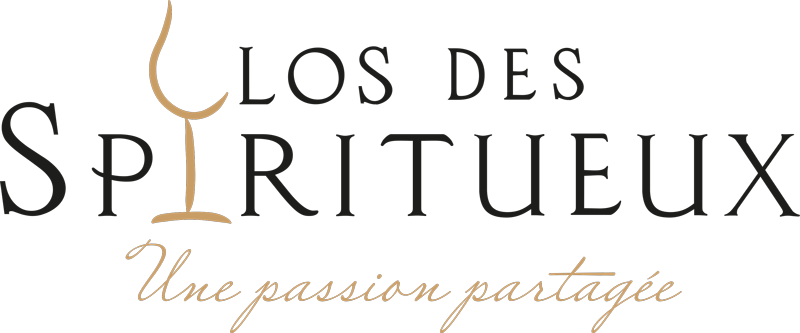CHARTREUSE - Yellow - Update 2023 - 43%
The Ordre de la Chartreuse existed for more than 500 years when, in 1605, in a Chartreuse monastery in Vauvert, a small suburb of Paris, the monks received a gift from Duke François Hannibal d'Estrées: an ancient manuscript of an "Elixir nicknamed “Elixir of Long Life”. This manuscript was probably the work of a 16th century alchemist with a great knowledge of herbs and with the skill to assemble, infuse, macerate the 130 of them to form a perfectly balanced tonic. The recipe for the manuscript was so complex that only bits and pieces were understood and used in Vauvert. At the beginning of the 18th century, the manuscript was sent to the Mother House of the Order, La Grande Chartreuse, in the mountains not far from Grenoble. The Monastery Apothecary, Brother Jérôme Maubec , eventually unraveled the mystery and in 1737 wrote the practical formula for preparing the Elixir in 1764. In 1903 the French government nationalized the Chartreuse distillery and the monks were expelled . When it went bankrupt in 1929, the monks regained possession of the Chartreuse brand. They returned to their distillery, built in 1860 in Fourvoirie, not far from the Monastery, and resumed the production of real Chartreuse liqueurs. In 1935, Fourvoirie was almost destroyed by a landslide; manufacturing is transferred to Voiron where it is today.
The selection, grinding and mixing of the secret herbs, plants and other medicinal plants used in the production of the liqueurs is carried out in the monastery by two monks. Once mixed, the ingredients are transported to Voiron where they are first macerated in carefully selected alcohol, then distilled. Finally, these liqueurs are aged for several years in huge oak barrels and placed in the aging cellar which has the longest maturation in the world.
Yellow Chartreuse is a sweeter and lighter liqueur than Green Chartreuse. It is produced from a smaller blend of plants, herbs and spices (around 40 compared to 130 for Verte), and is aged for a shorter time than Chartreuse Verte. It is also less alcoholic, with an alcohol content of 40%.








